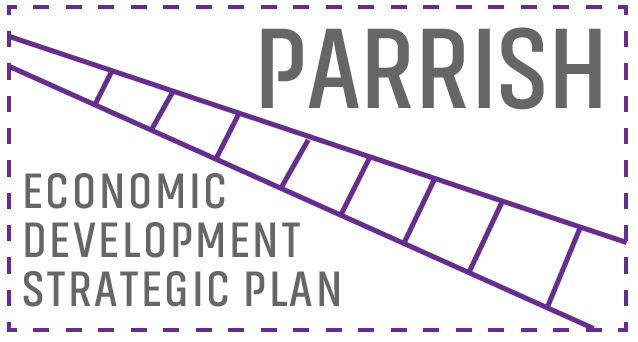Economic Development Strategic Plans
The Economic Development Strategic Plan (EDSP) program was designed to assist member governments with developing long-term strategies that capitalize on local economic strengths and identify market challenges. The EDSP planning process includes data analysis and stakeholder input, and this information is used to determine potential opportunities and obstacles for local economic and community development. In addition, the planning process works with communities to:
Identify development strengths and assets.
Analyze historic industry and workforce trends and market indicators.
Equip communities with a deeper understanding of their community's market potential to strategize and prioritize development projects.
Initiate and support placemaking efforts.
For more information about EDSPs or preparing for economic development, contact Allie Haynes, Economic Development Specialist, at ahaynes@rpcgb.org.



